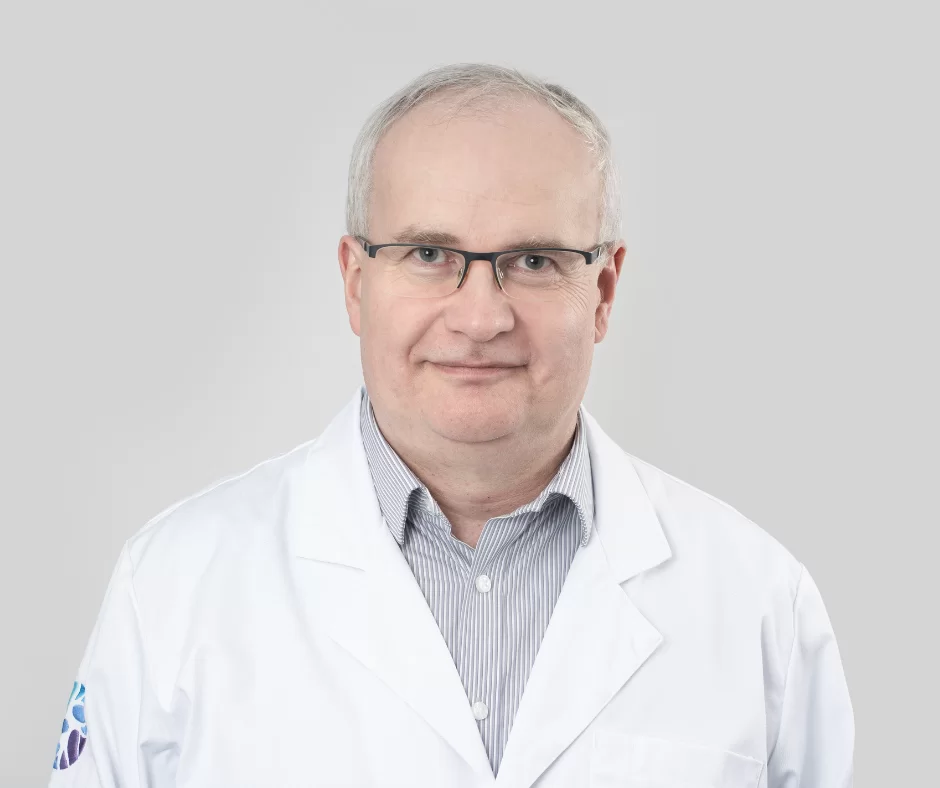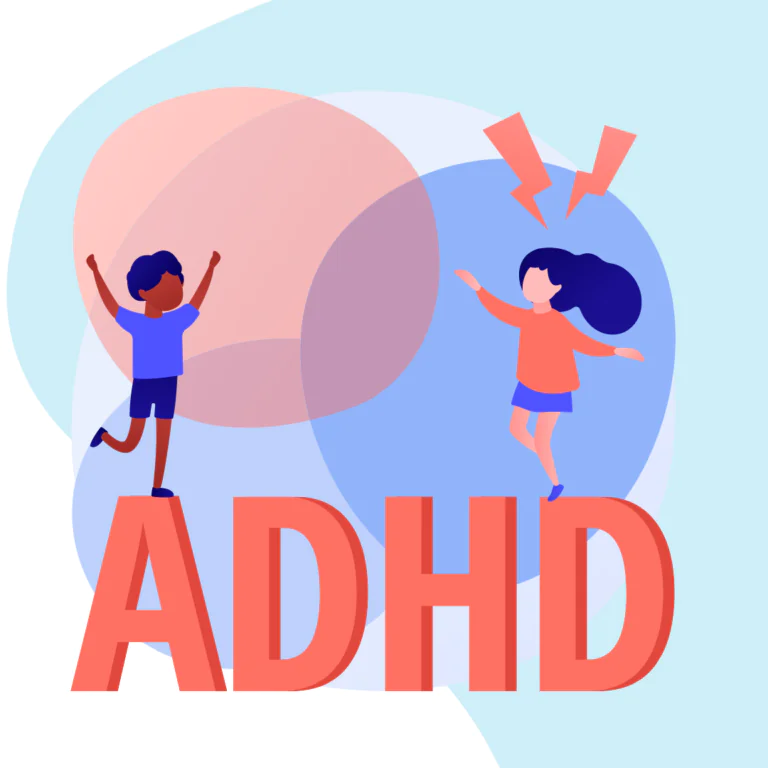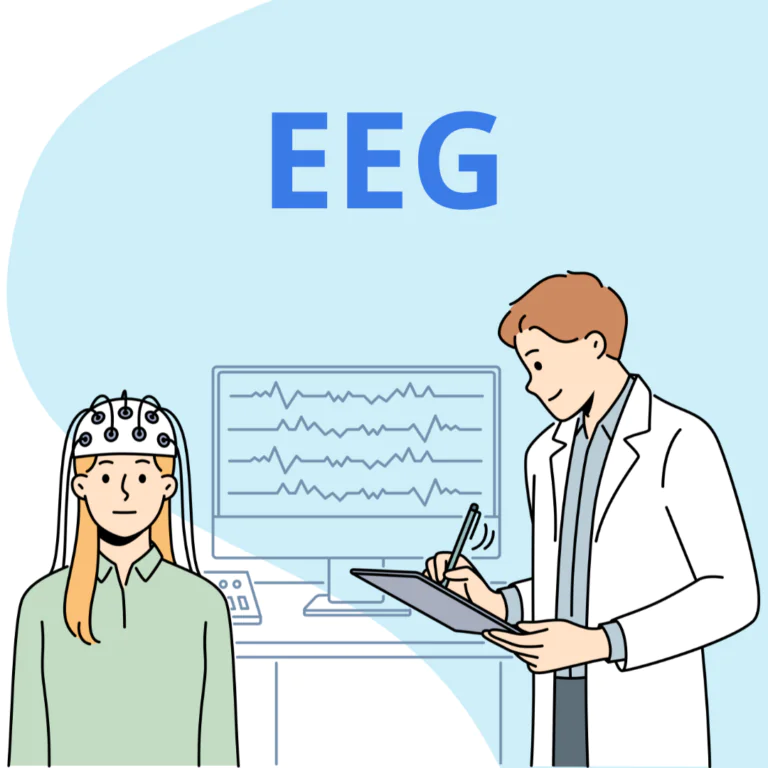Make an appointment for WES genetic testing
Find out if the cause of your ailment is a hereditary disease and take care of the prevention of your loved ones.Sign up for WES TRIO genetic testing performed at Neurosphera's partner facility. We guarantee full care, assistance in completing the paperwork and consultation with a specialized clinical geneticist.
What does the WES study consist of?
The WES test is the most innovative and comprehensive genetic test available on the market. It is based on NGS technology, or Next Generation Sequencing. It is used, among other things, when trying to determine the causes of genetic epilepsy, pathogenic changes, metabolic diseases or food intolerances written in the genes. With WES testing, it is also possible to detect even very rare diseases that are not yet under the care of teams seeking gene therapies. Even in such cases, the results of the analysis are helpful in establishing the patient’s symptom plan and determining periodic follow-up examinations.
The name WES is an acronym for Whole Exome Sequencing. It stands for Whole Exome Sequencing (the part of a person’s DNA where the full genetic information about the human body is stored), which means reading the order of proteins in the genetic material in a single analysis. The WES test thus allows analysis of all – 23,000 – genes in the human body.
This is how the WES test differs from a standard genetic test, which checks only one or a few genes for a particular disease. For patients, this is a tremendous opportunity to quickly implement appropriate treatment.
Among WES studies, several types are distinguished:
- WES SINGLE: one person – a patient suspected of having a genetic mutation – is tested.
- WES TRIO: the test includes the patient and his or her parents.
- WES QUATTRO: the test includes the patient, his parents and a sibling (brother or sister).
Why choose the WES TRIO study?
We recommend our patients to perform the WES TRIO test. With comparative material, such as samples from parents, it is possible to significantly speed up analysis and test results. It should be noted that in the patient’s relatives, one does not look for potential diseases, but for differences between genotypes, which streamlines the work of the laboratory. Therefore, the waiting time for results in this case ranges from 4 (a test ordered on cito) to 12 weeks. In comparison, in the case of the WES SINGLE test, this time ranges from 4 to 6 months.
Patient benefits:
- This test provides a one-time and precise analysis, so there is no need for other DNA tests. This saves time and money, as well as quickly implementing the right therapy.
- Through testing, it is possible to detect harmful changes that can lead to genetic diseases even before the actual symptoms appear, making it possible to start treatment at a very early stage of the disease.
- The results of the test allow us to estimate the risk of genetic disease in other family members,
- The ability to estimate the risk of selected adult diseases in particular those related to the cardiovascular system or cancer.
What are the indications for a WES TRIO study?
The WES TRIO test is usually performed when there are worrisome symptoms for which a genetic basis is suspected or whose cause has not yet been determined.
These include:
|
|
The patient pathway in Neurosphera's WES TRIO study
The role of clinical geneticists in the WES TRIO study
The purpose of a visit to a clinical geneticist is to determine whether a disease is hereditary and what caused the condition to appear. The clinical geneticist also determines the likelihood of the patient’s disease occurring in family members – also taking into account future generations. The specialist will not only treat the hereditary disease, but will also extend his help to the entire family – by teaching prevention or consultation.
That’s why it’s essential to visit a geneticist, both before and after the WES TRIO test. Skipping this step is a violation of good medical practice for genetic testing.
What happens at the visit BEFORE the test?
During the meeting preceding the test, the geneticist makes a clinical description and determines the exact type of test. During the appointment, the patient also completes and signs the necessary documents, including a declaration of informed consent. If the patient is determined to undergo the test, a blood sample is also taken.
What is the visit AFTER the examination?
This meeting with a clinical geneticist takes place after the results have been received. The specialist presents them in a way that the patient can understand and discusses the detected mutations. Especially those that affect the treatment process and the potential for other diseases.
WES TRIO study - deadlines
The waiting time for a WES TRIO test varies depending on the priority of the test. It is determined by the doctor when making the referral.
The results of the WES TRIO cito examination are available in up to 4 weeks, while the standard version is available in up to 3 months.
The course of the WES TRIO study
The WES TRIO test is an innovative, yet non-invasive and painless test. A so-called dry blood spot is analyzed in the laboratory. It is taken using a special kit for drawing blood from the finger. This can be done by a geneticist during the first visit, or by the patient – independently at home, using a kit sent by Neurosphera.
Taking a blood sample yourself in 5 steps:
- Gently open the kit we sent you. In it you will find an automatic needle and tissue paper.
- Apply the needle to the finger, then gently prick the skin.
- Squeeze the pad – so that a few drops of blood fall on the tissue paper. Allow it to dry.
NOTE! The entire surface of the blotting paper should be covered with drops of blood.*.
- Dry the soaked tissue paper at room temperature, preferably overnight.
- Fill out the test form and put the sample in the package.
- Send the well-dried sample to Neurosphera by courier, sending by standard courier service.
The waiting time for the results is several weeks – usually, it is from 4 or up to 12 weeks.
*the sample taken may be insufficient. Such cases are rare, but they have the right to occur. So if such a situation occurs, then the material is taken again.

MD Krzysztof Szczałuba
The test does not require patients to have any special preparation. On the day the sample is taken, drink as much water as possible. This will avoid problems with too thick blood, and the whole process will go very smoothly. It is not required to be fasting
Where is the WES TRIO study performed?
For the WES TRIO study, we are collaborating with the Department of Medical Genetics at the Medical University of Warsaw (WUM). There, samples taken from Neurosphera patients are analyzed in a state-of-the-art environmental laboratory.
The team working on the WES TRIO study works under the leadership of a specialist in medical laboratory genetics – Prof. Rafal Ploski, MD, a member of Neurosphera’s Medical Council.
The WES TRIO test performed in cooperation with this facility guarantees high quality, accuracy of analysis and reliability of the results obtained.
Price list for the WES TRIO study
| Type of test | Price |
| WES Single | 5 000 PLN |
| WES Trio | 8 000 PLN |
| WES Trio – CITO | 11 500 PLN |
| WES Quattro, second child healthy | 11 000 PLN |
| WES Quattro, second child sick | 11 500 PLN |




